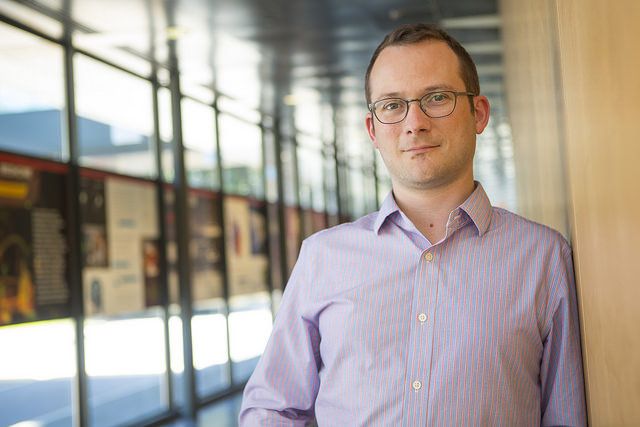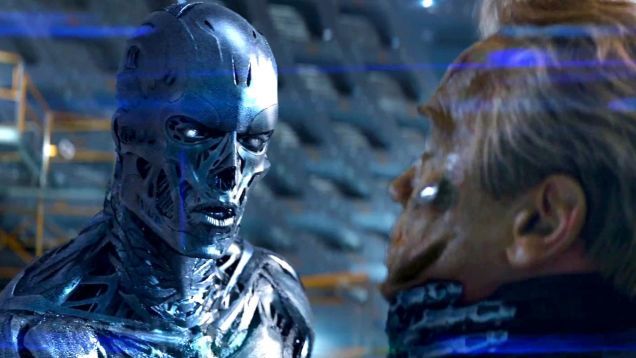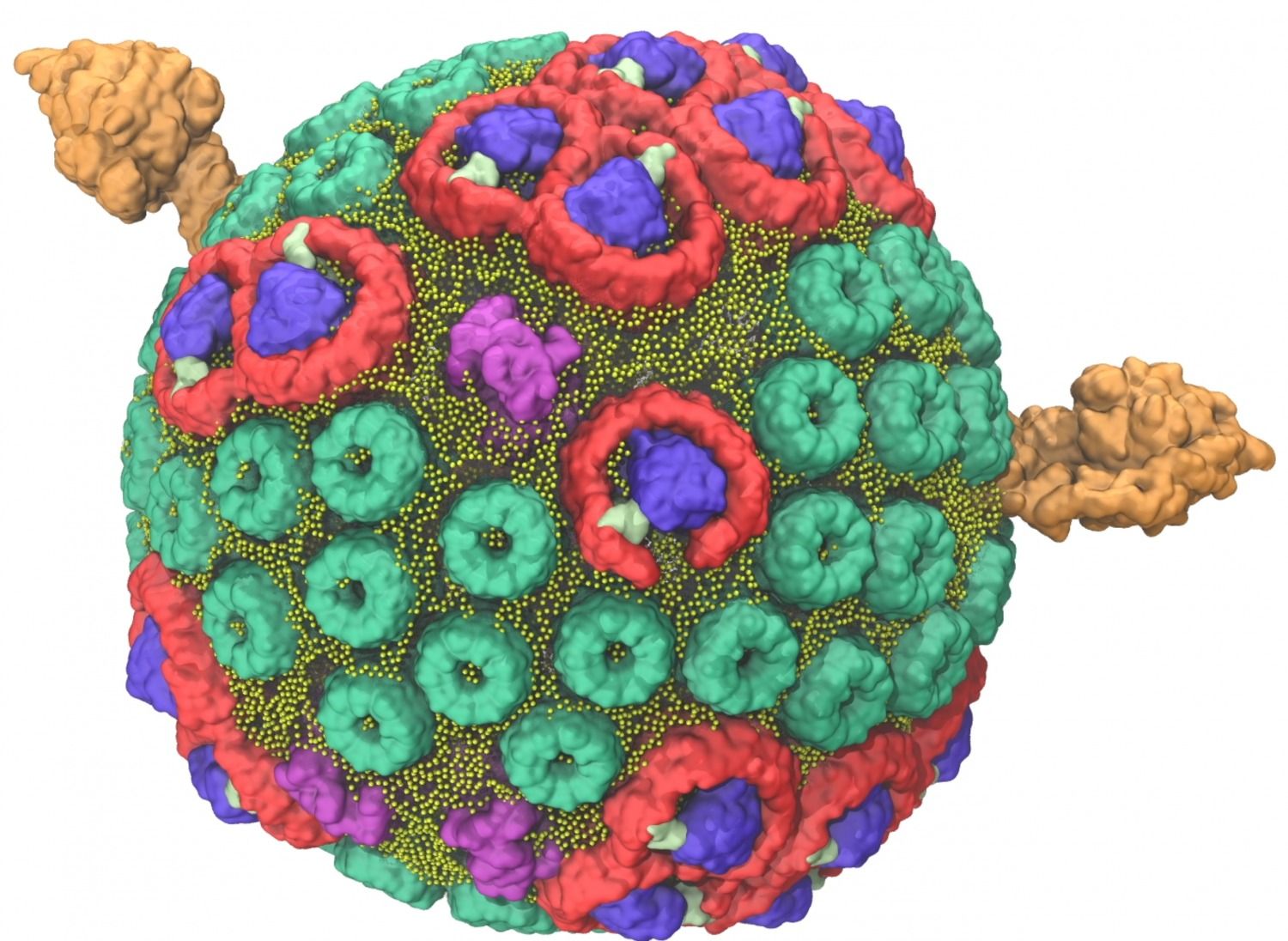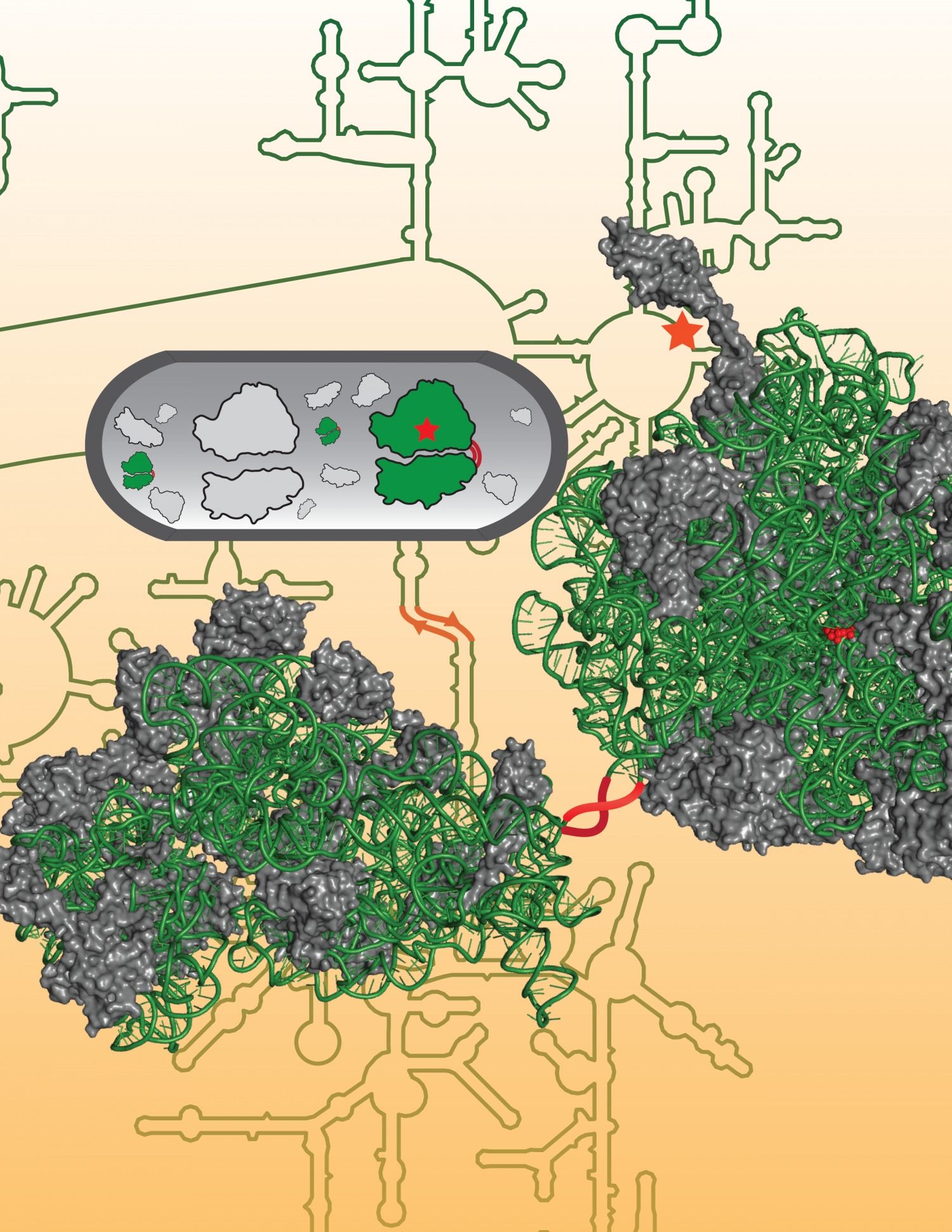Page 10991
Jul 30, 2015
The unintended consequences of rationality — By Leah Burrows | Harvard John A. Paulson School of Engineering and Applied Sciences
Posted by Odette Bohr Dienel in categories: economics, robotics/AI
“The idea of rationality is a shared construct between AI and economics. When we frame questions in AI, we say: what are the objectives, what should be optimized and what do we know about the world we’re in? The AI/economics interface has become quite fertile because there is a shared language of utility, probability, and reasoning about others.”
Jul 30, 2015
Leading Experts Sign an Open Letter Calling For a Ban On AI Weapons
Posted by Sean Brazell in category: robotics/AI
More than a thousand prominent thinkers and leading AI and robotics researchers have signed an open letter calling for a ban on “offensive autonomous weapons beyond meaningful human control.”
Jul 30, 2015
Graphene kirigami could lead to flexible, nanoscale machines
Posted by Shailesh Prasad in categories: nanotechnology, physics
Jul 30, 2015
Solar Now Cheaper Than Fossil Fuels for Many Small Businesses
Posted by Shailesh Prasad in categories: energy, sustainability
SolarCity is expanding its services to small and medium-sized businesses. This move allows local businesses to save money with renewable energy. Going solar.
Jul 30, 2015
Google’s Internet balloons will soon connect all of Sri Lanka with Wi-Fi
Posted by Shailesh Prasad in category: internet
It will be the first country in the world to have universal Internet coverage.
Google has teamed up with the Sri Lankan government to deliver broadband Internet to every region of the island nation, making it the first country in the world to have universal Internet coverage. The initiative is part of Google’s Project Loon, which aims to provide cheap or free Wi-Fi to people in remote rural areas around the world via a fleet of huge helium-filled balloons floating way up in the stratosphere.
Jul 30, 2015
Dr. Steve Omohundro and the Implications of A.I. in the Future of Industry
Posted by Dan Faggella in categories: computing, disruptive technology, robotics/AI
Concerns about the future of artificial intelligence (AI) have recently gained coverage thanks to pioneers like Hawking, Gates, and Musk, though certainly others have been peering down that rabbit hole for some time. While we certainly need to keep our eyes on the far-reaching, it behooves us to take a closer look at the social issues that are right under our noses.
The question of artificial intelligence transforming industry is not a question of when — it’s already happening — but rather of how automation is creeping in and impacting some of the biggest influencers in the economic sphere i.e. transportation, healthcare, and others, some of which may surprise you.
I recently discussed these near-at-hand social implications and ambiguities with Steve Omohundro, CEO and founder of Possibility Research.
Social Implications of AI
In the words of Mr. Omohundro, we’re “on the verge of major transformation” in myriad ways. Consider near-term economics. McKinsey&Company have estimated that the presence of AI automation could impact the economy by $10 to $25 trillion in the next 10 years. Gartner, an information technology research group, estimates that 1/3 of all jobs will be relegated to the world of AI by 2025.
Continue reading “Dr. Steve Omohundro and the Implications of A.I. in the Future of Industry” »
Jul 29, 2015
Researchers build bacteria’s photosynthetic engine
Posted by Phillipe Bojorquez in categories: biotech/medical, energy
“Furthermore, the chromatophore project marks a shift in computational biophysics from analyzing the individual cell parts (e.g., a single protein) to analyzing the specialized systems of the cell (e.g., hundreds of proteins working together to carry out an autonomous function). This is a significant step toward the long-term goal of simulating an entire living organism.”
Nearly all life on Earth depends on photosynthesis, the conversion of light energy into chemical energy. Oxygen-producing plants and cyanobacteria perfected this process 2.7 billion years ago. But the first photosynthetic organisms were likely single-celled purple bacteria that began absorbing near-infrared light and converting it to sulfur or sulfates about 3.4 billion years ago.
Jul 29, 2015
Hanging Underneath A Bridge Is A Great Place To Put Wind Turbines — By Charlie Sorrel | Fast Company
Posted by Odette Bohr Dienel in categories: energy, science
One problem with wind power is that it’s expensive to build and hard to find the space. Problem solved.
Tags: infrastructure, Viaduct, wind power
Jul 29, 2015
Researchers design first artificial ribosome
Posted by Bryan Gatton in category: biotech/medical
Researchers at the University of Illinois at Chicago and Northwestern University have engineered a tethered ribosome that works nearly as well as the authentic cellular component, or organelle, that produces all the proteins and enzymes within the cell. The engineered ribosome may enable the production of new drugs and next-generation biomaterials and lead to a better understanding of how ribosomes function.















